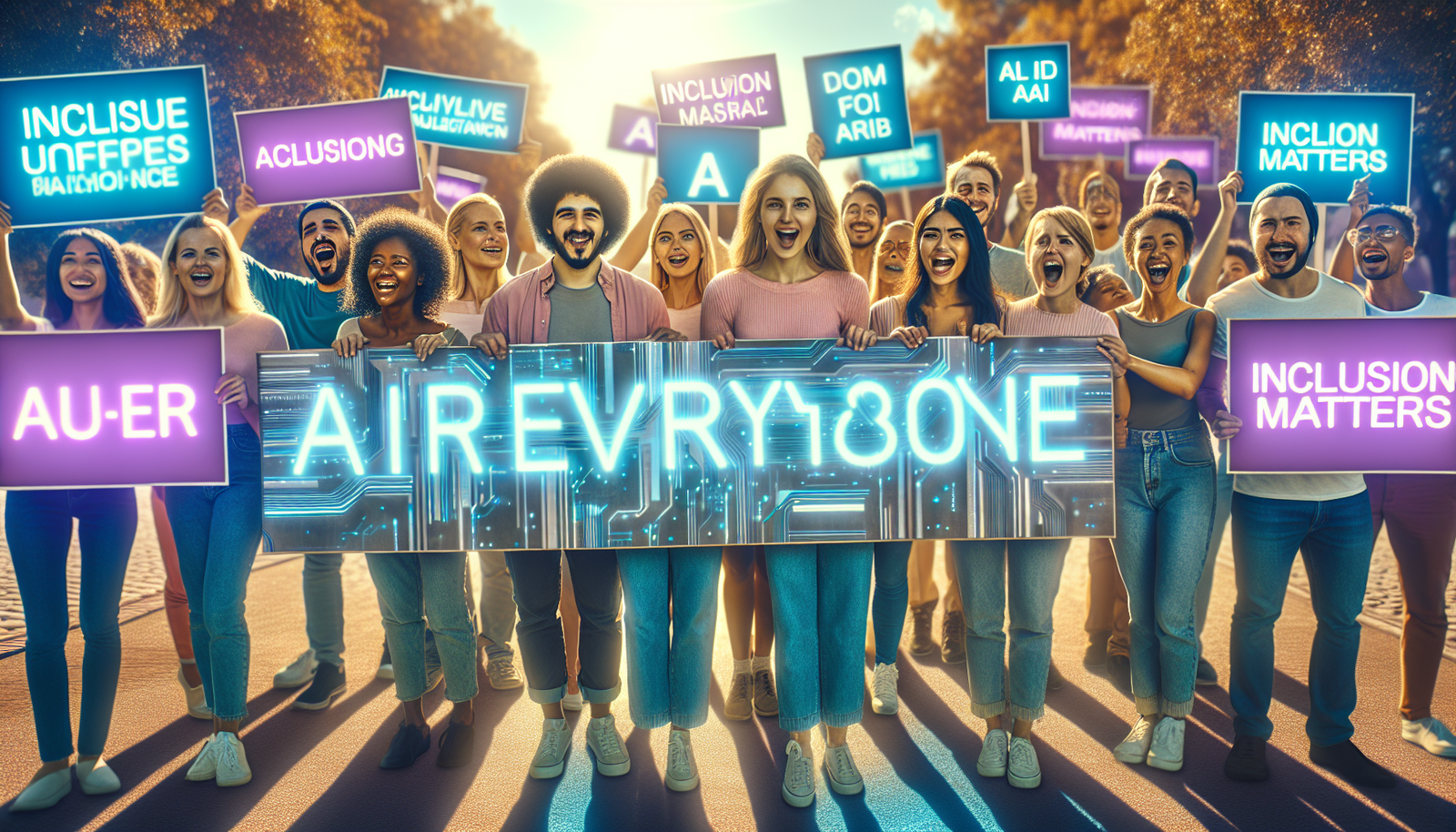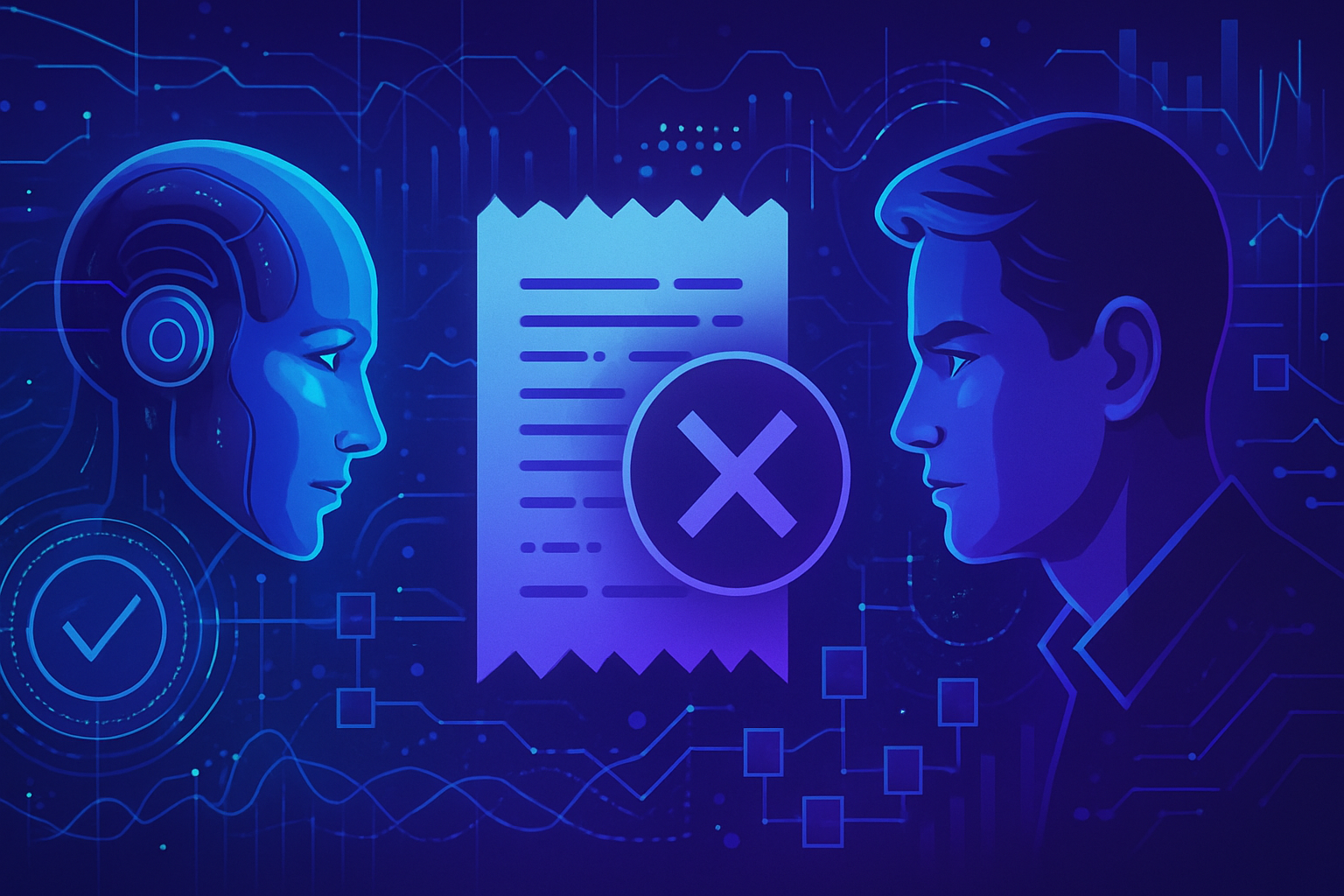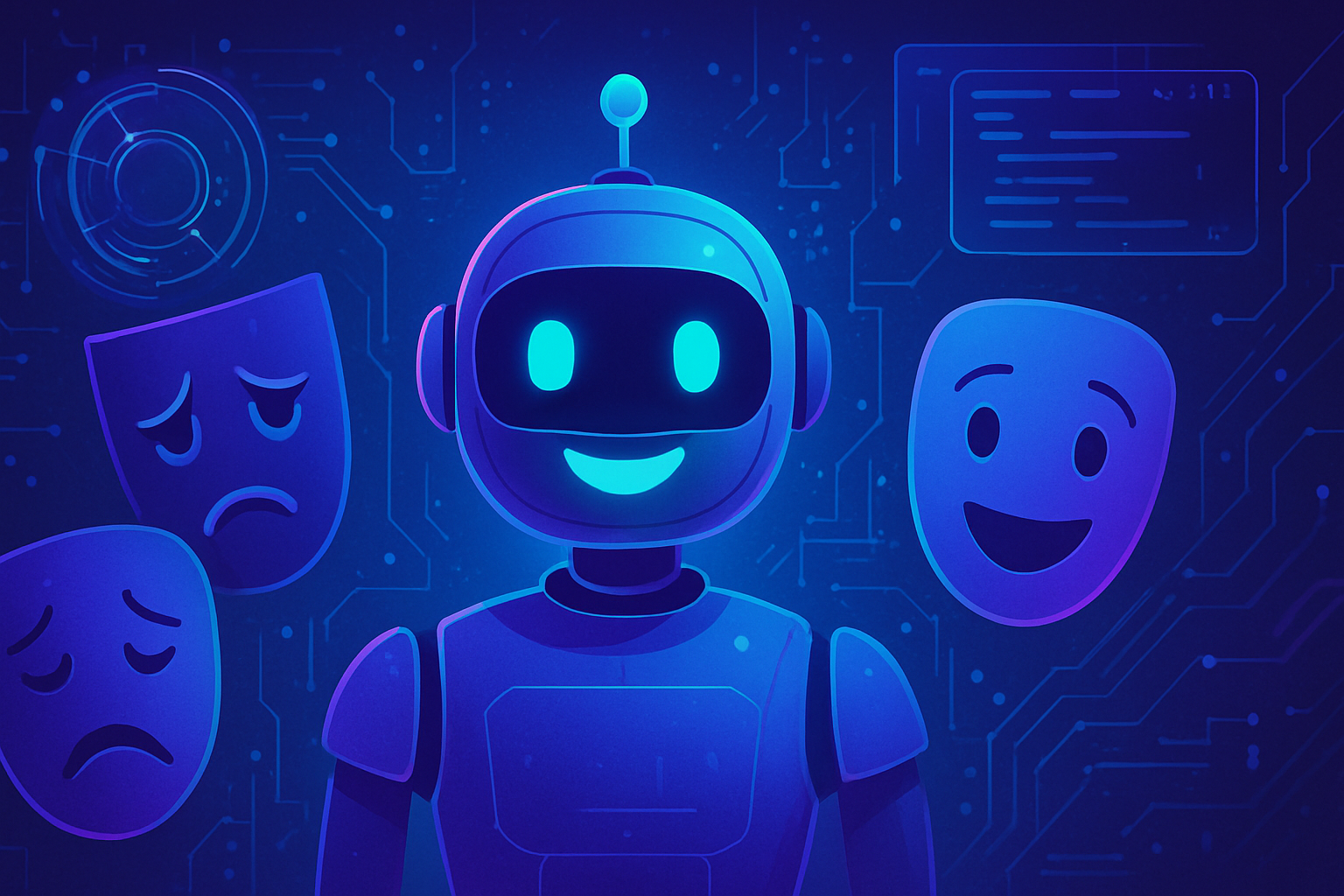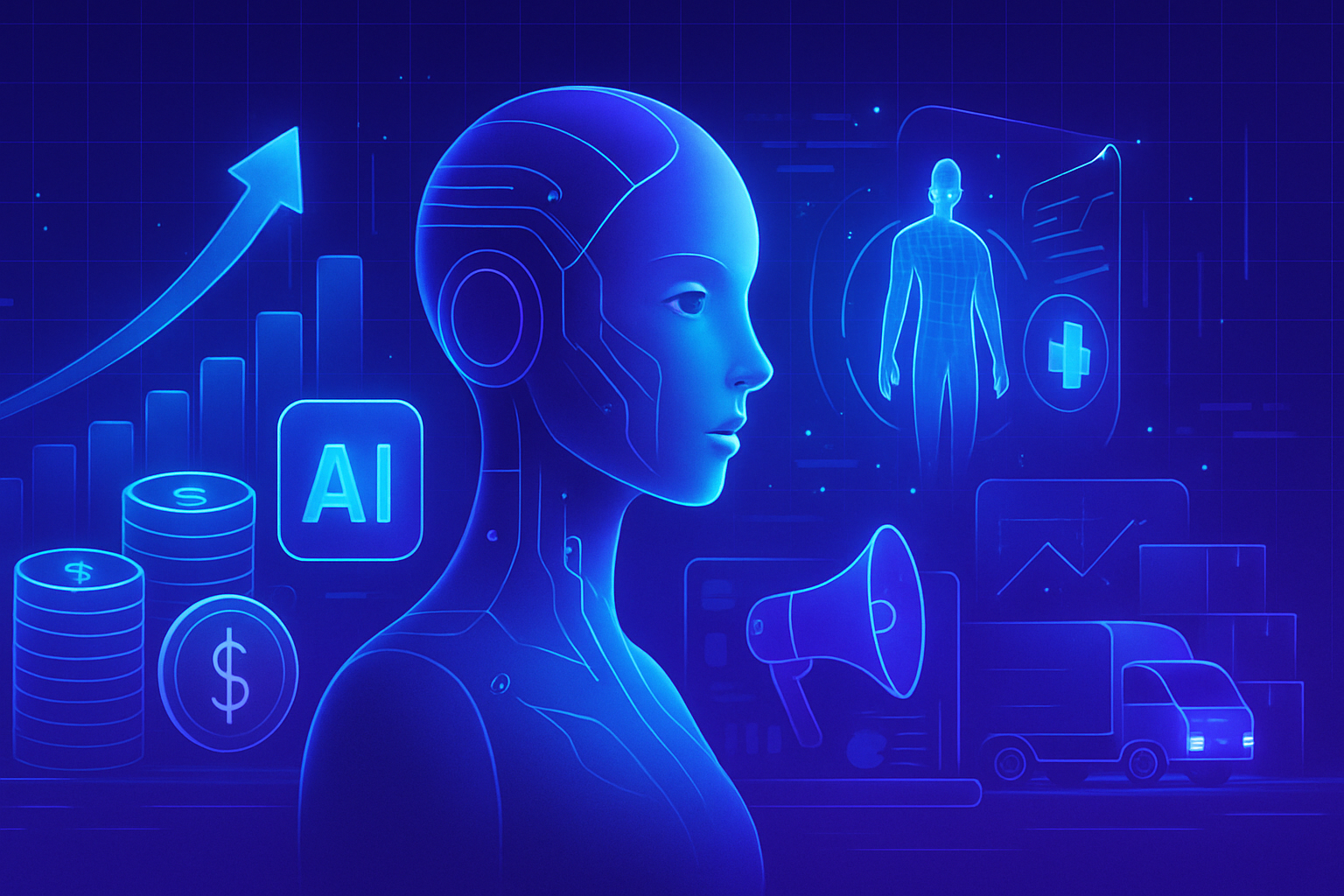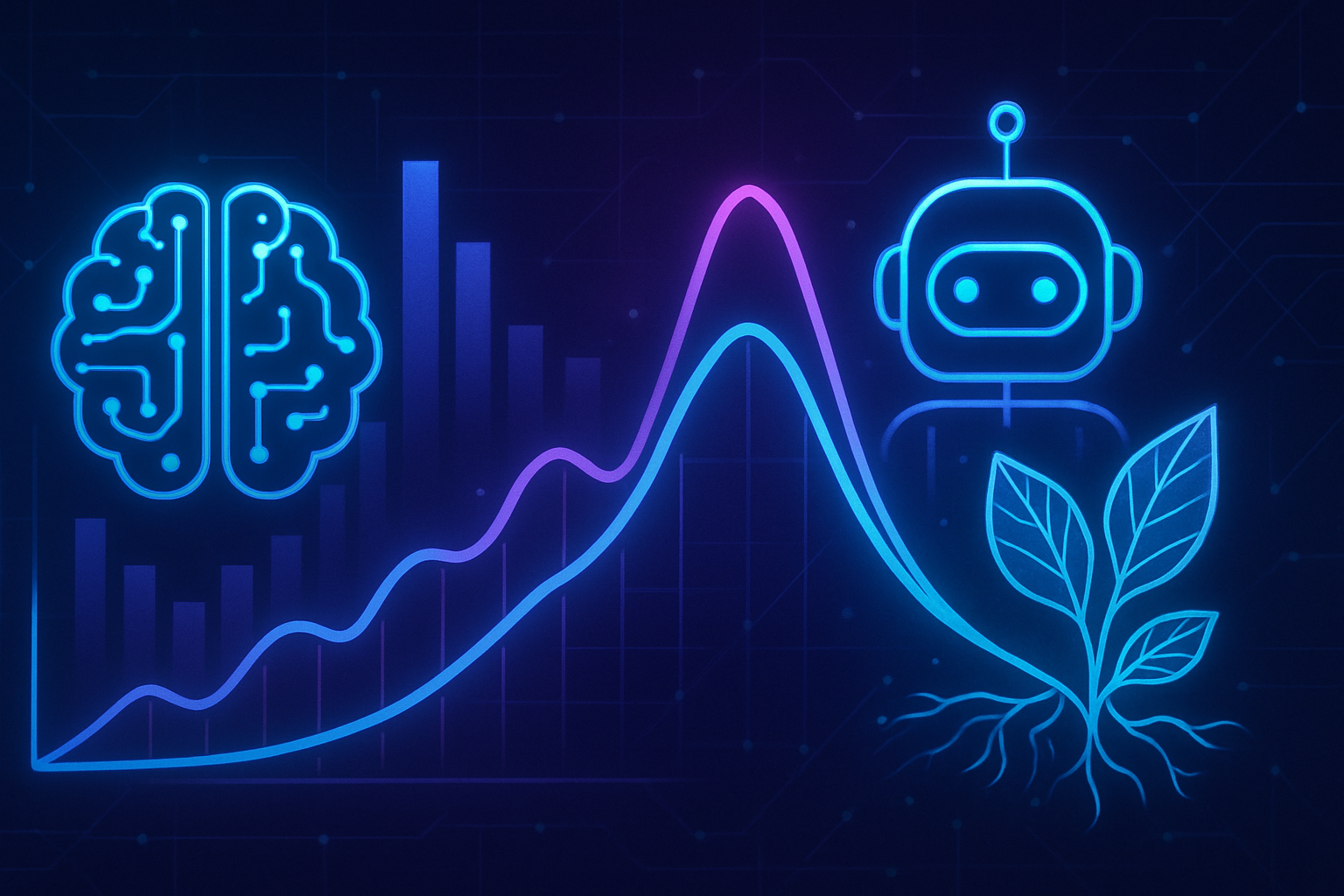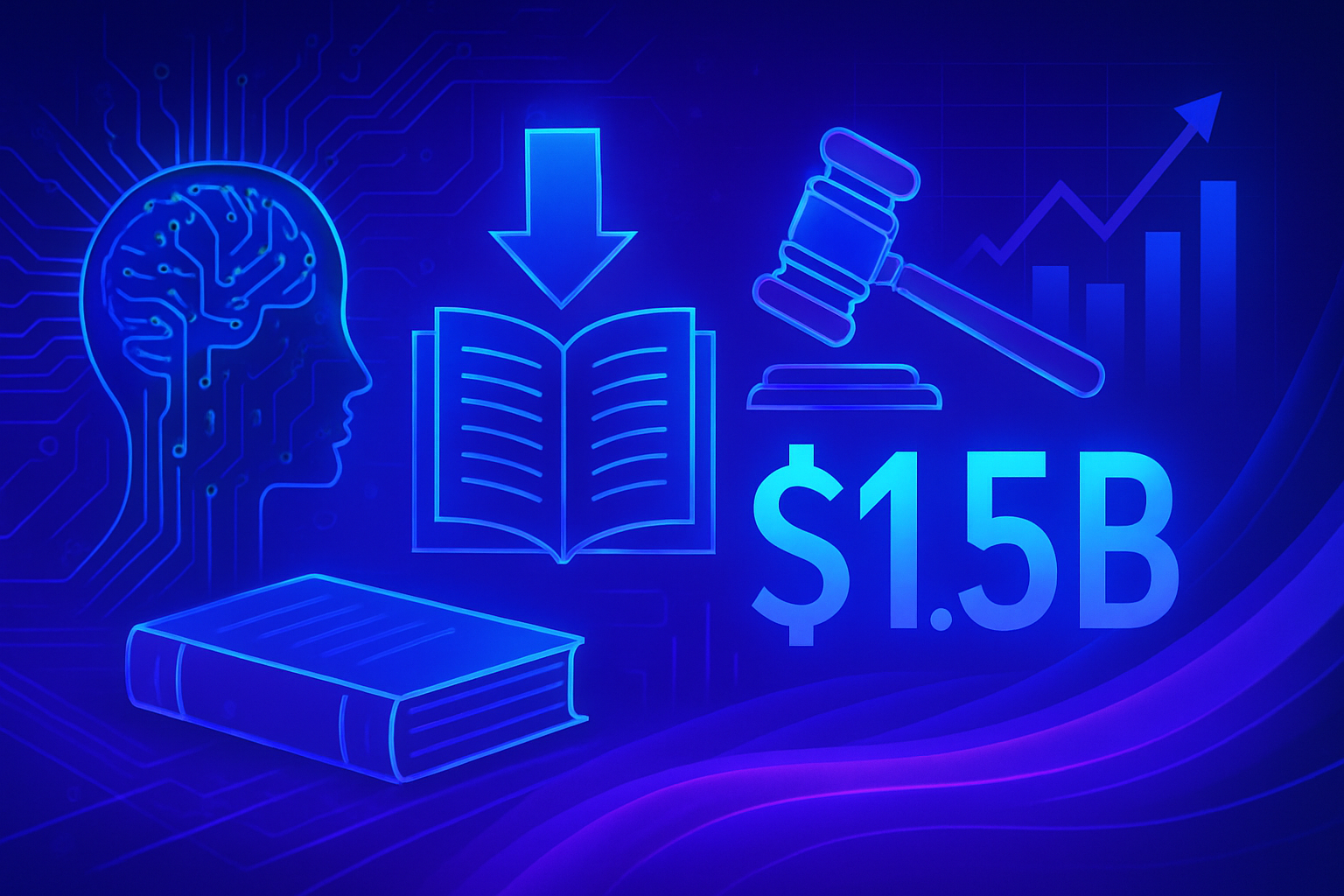The access to artificial intelligence technologies raises fundamental questions about the equity and inclusion of blind individuals. Recent advancements reveal a troubling distortion where these individuals are completely left out of the essential benefits brought about by this digital revolution. AI systems, often designed in a visually-oriented manner, amplify a contemporary form of discrimination and isolation. Designers must seriously interrogate their ethical responsibilities in the face of this exclusion. Voices are rising today to demand relevant solutions that take into account the specific needs of these vulnerable populations.
The denunciation of systematic exclusion
A representative association of blind individuals has expressed its outrage at the increasing exclusion of this population from the benefits of artificial intelligence. The new presidency of the Royal Society for Blind Children recently highlighted this issue, stating that a new level of discrimination is emerging against digital tools, particularly those incorporating AI. An appeal has been made for a more inclusive design of technologies, such as video games and intelligent agents.
Harmful consequences for inclusion
The challenges faced by visually impaired children are exacerbated by this exclusion. The distance separating them from their sighted peers widens, hindering shared experiences such as games or alternative realities. Tom Pey, a former blind individual, illustrates this phenomenon by recounting his own experiences, surrounded by a primarily visual technological world.
Technologies serving the visually impaired
New technologies, such as those developed by Meta and Google, seem promising. Meta has introduced smart glasses, allowing their users to connect instantly with a sighted volunteer to receive real-time descriptions of their environment. This device aims to be an innovative response to the discrimination felt by visually impaired individuals.
OpenAI has also developed a virtual assistance system to describe what the camera of a phone points at, such as items in a refrigerator, facilitating the daily lives of visually impaired people. Google’s “Lookout” project, on the other hand, specializes in the audio description of photos and the reading of texts.
Call to action for designers
The frustration expressed by Pey should prompt technology companies to further integrate inclusive perspectives into design processes. Designers must realize that technology cannot ignore the needs of blind individuals and those who have difficulties interpreting images. Consequently, this reflection on inclusivity should serve as a foundation in the future development of AI-based tools.
Corporate commitment to accessibility
Technology giants have retorted that they are implementing several projects to address the needs of the visually impaired. It is essential that digital accessibility becomes a priority within development strategies. This commitment could lead to a reduction in the digital exclusion of blind and visually impaired individuals. It would be wise to ensure equal access to these technological innovations that transform our daily lives.
Research data
A recent study revealed that visually impaired individuals are less likely to use the internet on a daily basis. This finding highlights the growing digital divide, even as the gap seems to be narrowing thanks to technologies that are gradually becoming more accessible. This demonstrates that significant progress remains to be made to achieve an inclusive society that places all individuals on equal footing in the digital realm.
Towards inclusive legislation
It is imperative to frame these technological developments with laws that promote the inclusion of disabled individuals. A call has been made to Peter Kyle, Secretary of State for Technology, for him to develop regulations to help advance these technologies for vulnerable populations. Clear and incisive measures will ensure that no one is left behind in this era of technological change.
Frequently Asked Questions about the exclusion of blind individuals from the benefits of artificial intelligence
What explains the exclusion of blind individuals in the field of artificial intelligence?
Current artificial intelligence devices are primarily designed for a sighted audience, focusing their functionalities on visual interfaces, which creates an access barrier for blind or visually impaired users.
How could artificial intelligence technologies be improved to include blind individuals?
By integrating an accessibility-centered design, using auditory and tactile elements, and ensuring that applications and devices offer non-visual alternatives.
What types of artificial intelligence technologies could help blind individuals?
Applications using voice recognition, sound navigation systems, or audio-description tools that allow effective interaction with digital and physical environments.
What are the current initiatives to make artificial intelligence more accessible to blind individuals?
Technology companies, such as Google and Meta, are developing visual assistance tools, like audio description applications or connected devices with sighted volunteers to provide real-time information.
How can governments help overcome this technological discrimination?
Governments can establish laws and regulations to encourage the inclusion of disabled individuals in the design of new AI devices, ensuring that the needs of all are considered from the outset.
Why is it crucial for designers to be aware of accessibility issues?
Awareness among designers allows for the creation of more inclusive solutions, minimizing the gap between users and promoting equitable access to the benefits of artificial intelligence.
What consequences does the exclusion of blind individuals from AI have on their daily lives?
This exclusion increases the digital and social divide, further isolating blind individuals from their peers and limiting their access to tools and services that could enhance their quality of life.
